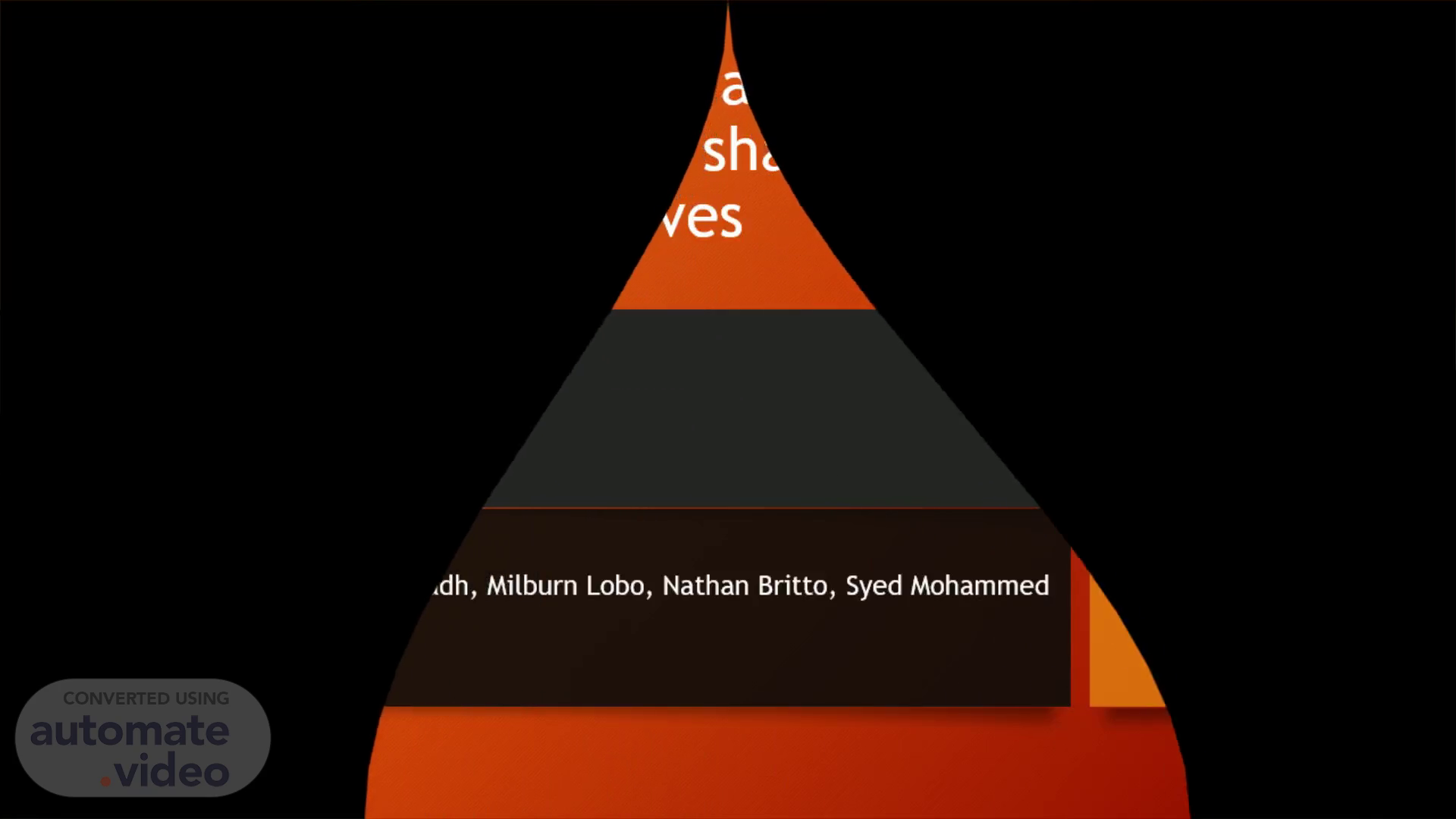
Page 1 (0s)
geometric abstract image. MATHEMATICS and arts - construction of shapes using curves.
Page 2 (18s)
Mathematical ideas that contribute to art. 1)Symmetry – Calvin Dsouza 2)Patterns - Daksh Sadh 3)Series - Milburn Lobo 4)Golden Ratio - Nathan Britto 5)Fractals - Syed Mohammed.
Page 3 (30s)
Symmetry. Symmetry in everyday language refers to a sense of harmoniouss and beautiful proportion and balance..
Page 5 (55s)
Patterns. Simple arrangements of mathematical figures, like circles and triangles, have been extensively used in decoration throughout history. For example, the “ Flower of life ” can be seen on the Temple of Osiris at Abydos, Egypt which dates back about 5000 years.
Page 6 (1m 13s)
Series. Fibonacci Series. By definition, the first two numbers in the Fibonacci sequence are 1 and 1, or 0 and 1, depending on the chosen atarting point of the sequence, and each subsequent number is the sum of the previous two. The Fibonacci Sequence is the series of numbers: 0, 1, 1, 2, 3, 5 , 8 , 13 , 21 , 34 , ....
Page 8 (1m 55s)
Golden Ratio. The Golden Ratio, roughly equal to 1.618, was first formally introduced in text by Greek mathematician Pythagoras and later by Euclid in 5 th century BC. Many works of ancient art exhibit and incorporate the golden ratio in their design. It can be seen in Egyptian, Greek vases, Chinese pottery, Olmec sculptures from as early as the late Bronze Age.
Page 9 (2m 19s)
01 x v u e.aaa•oo 3HX.
Page 10 (2m 29s)
Fractals. A fractal is a natural phenomenon or a mathematical set that exhibits a repeating pattern that displays at every scale. If the replication is exactly the same at every scale, it is a self-similar pattern , Fractals can also be nearly the same at different levels..
Page 12 (3m 5s)
This item is unavailable | Etsy | Teacher cards, Teachers ....